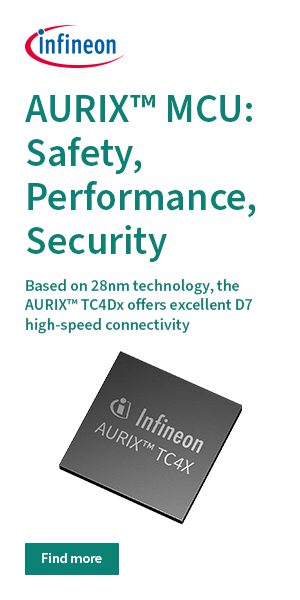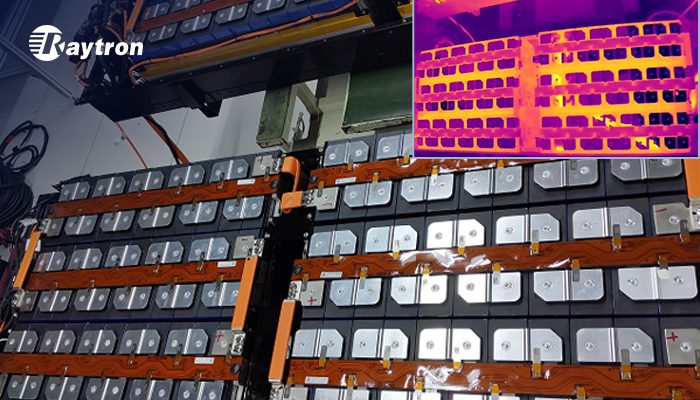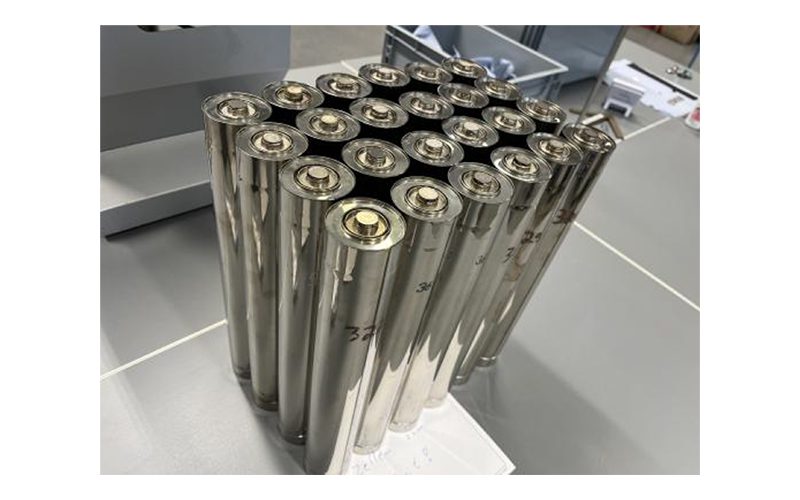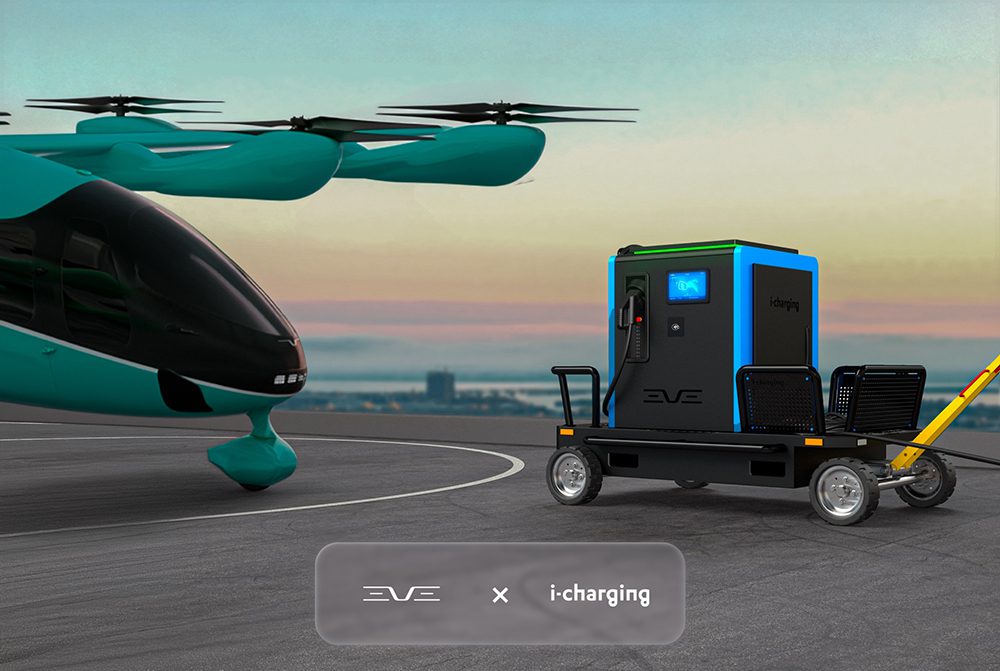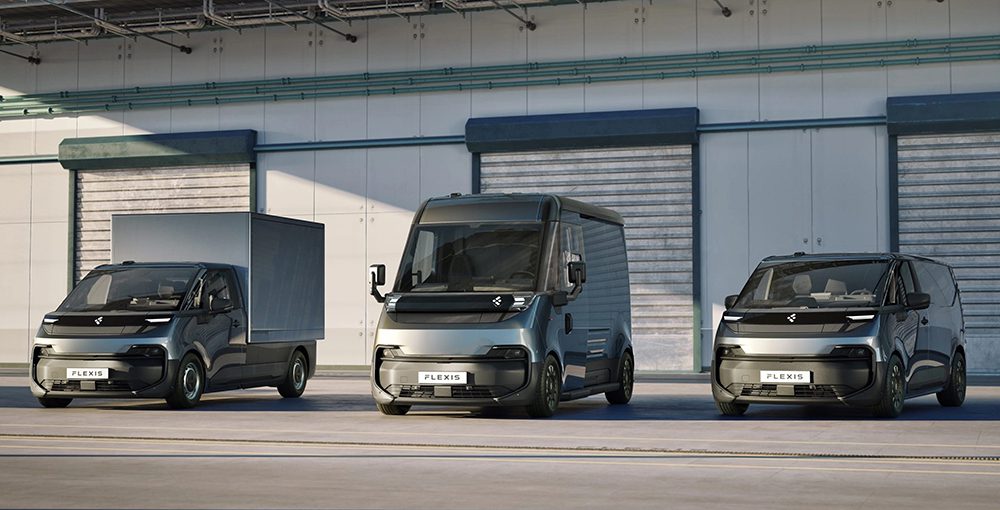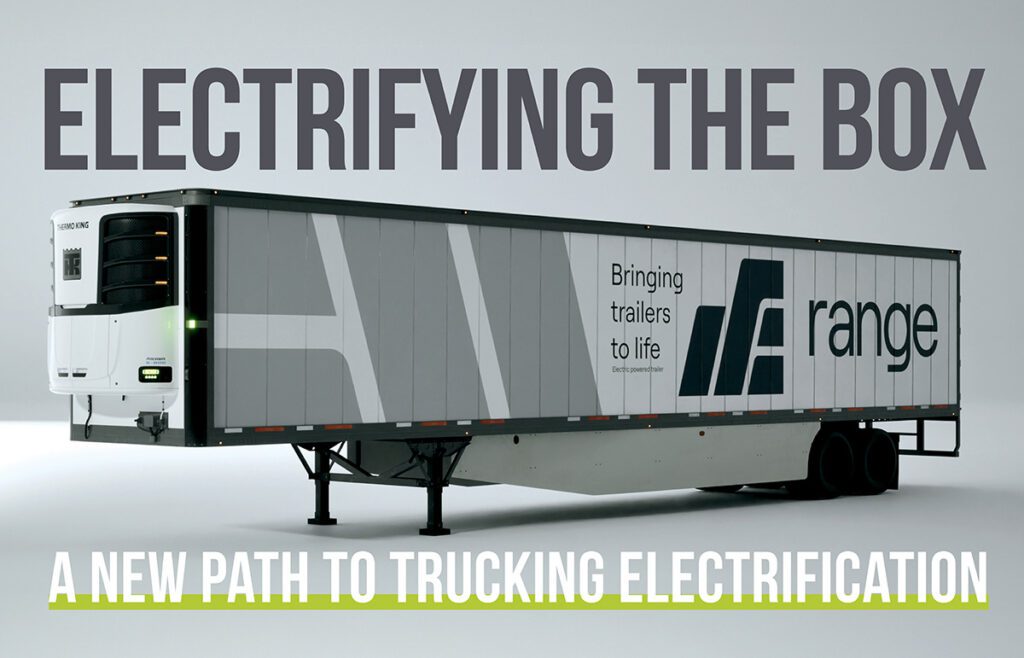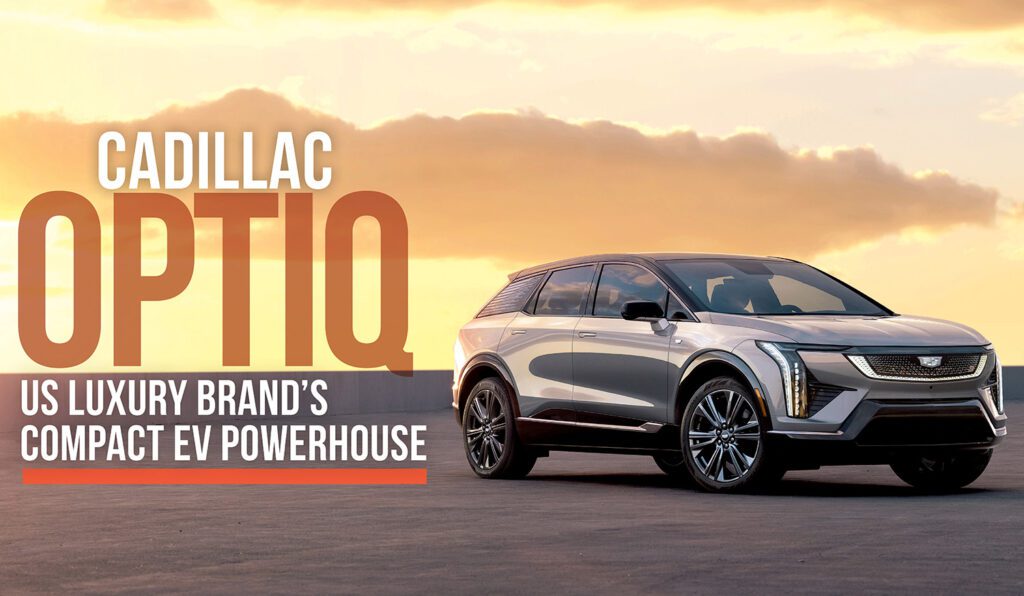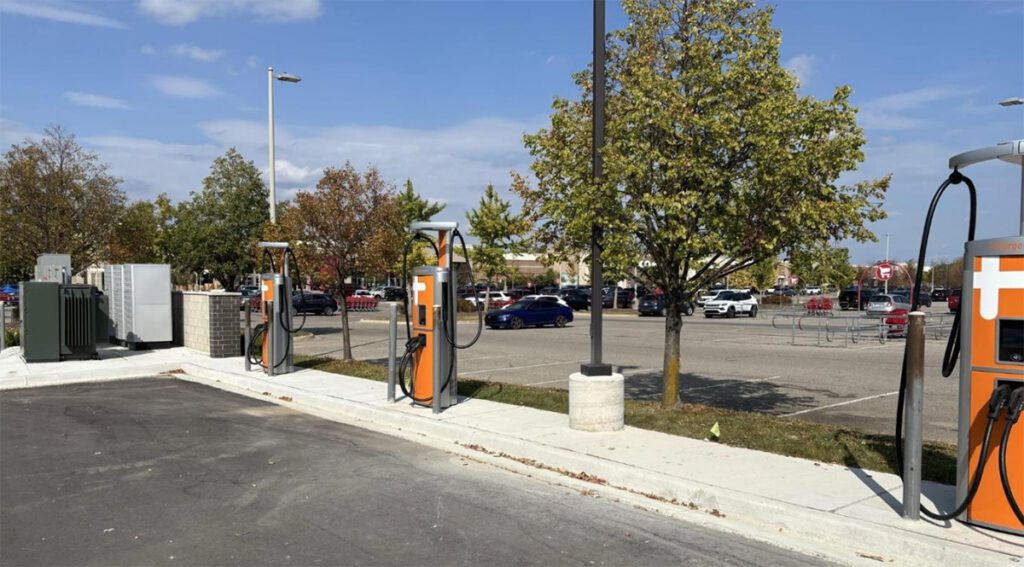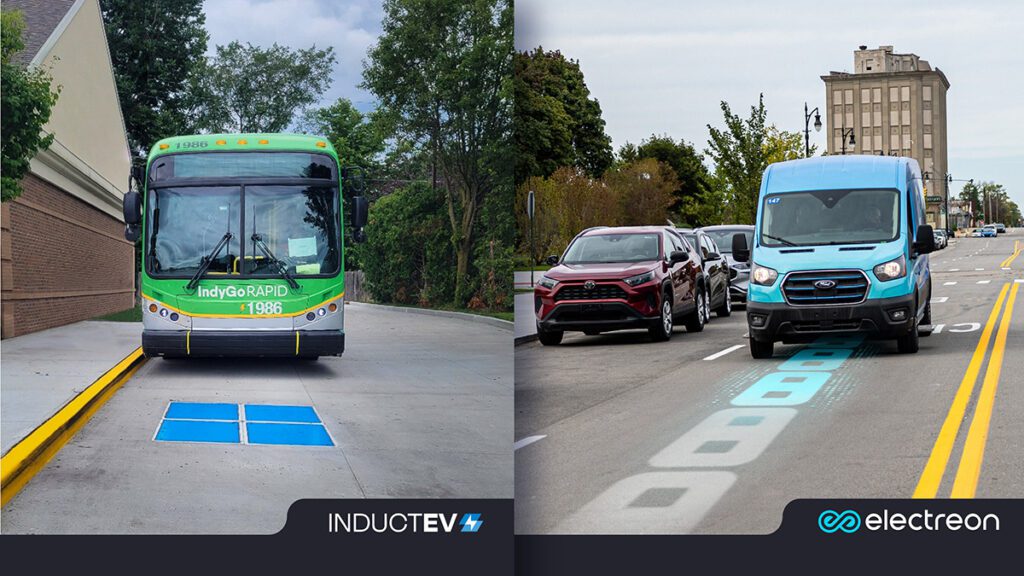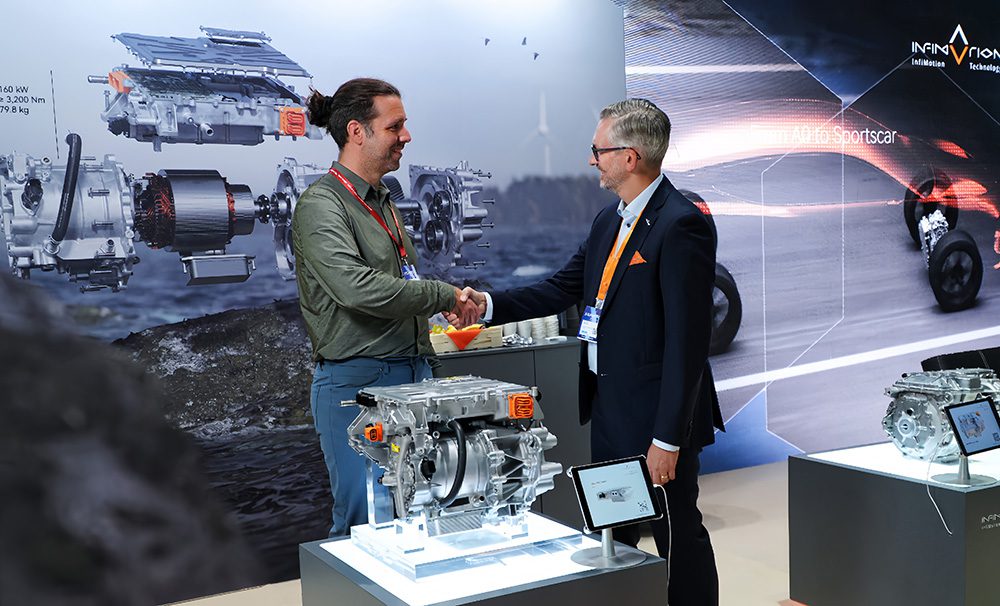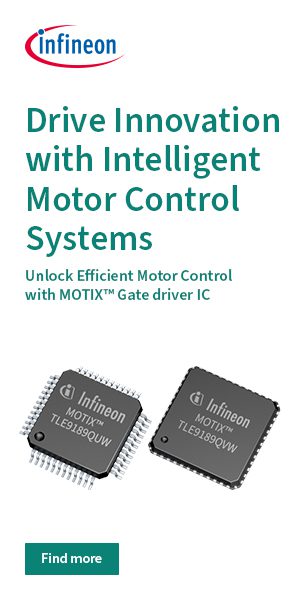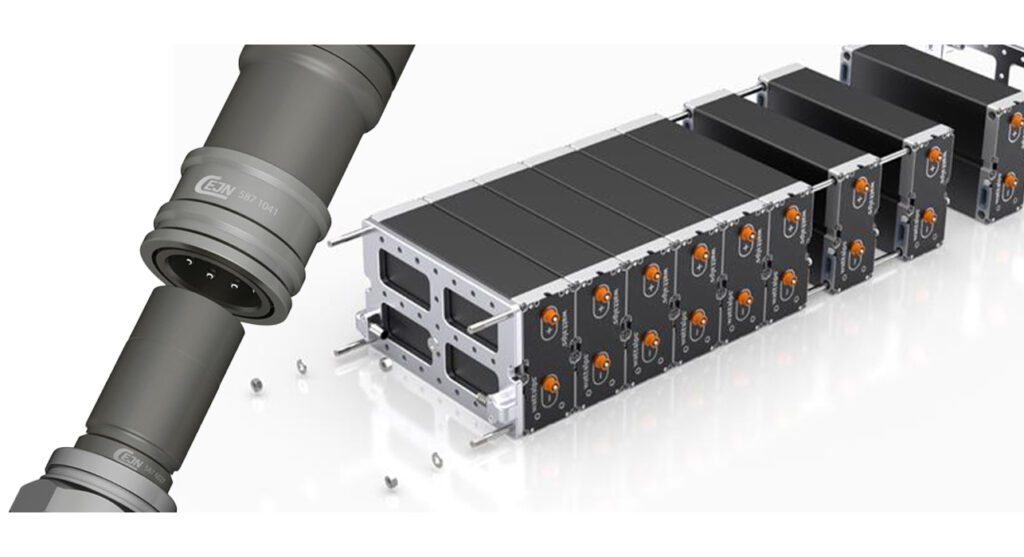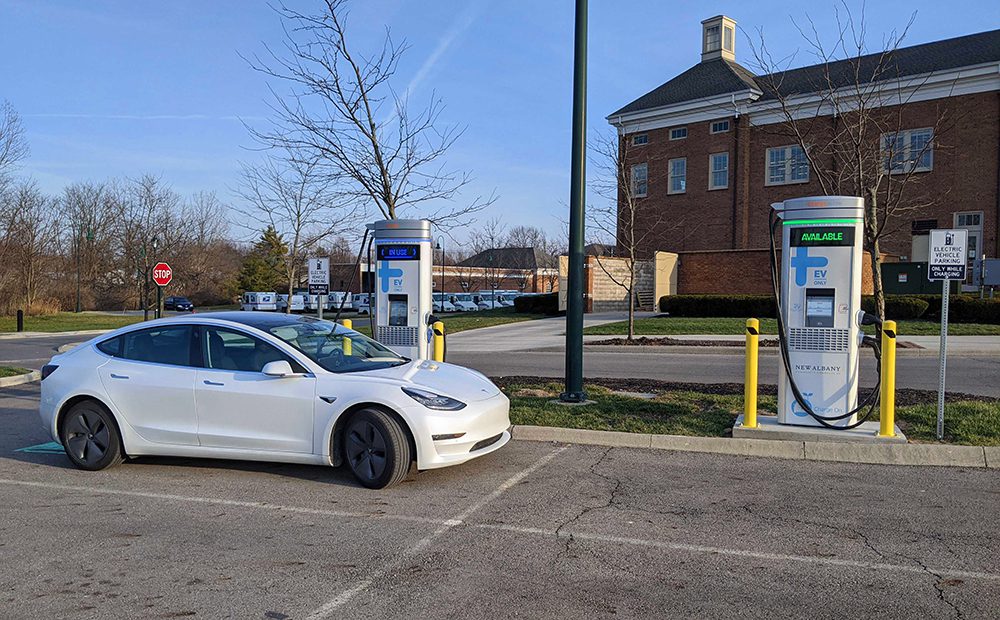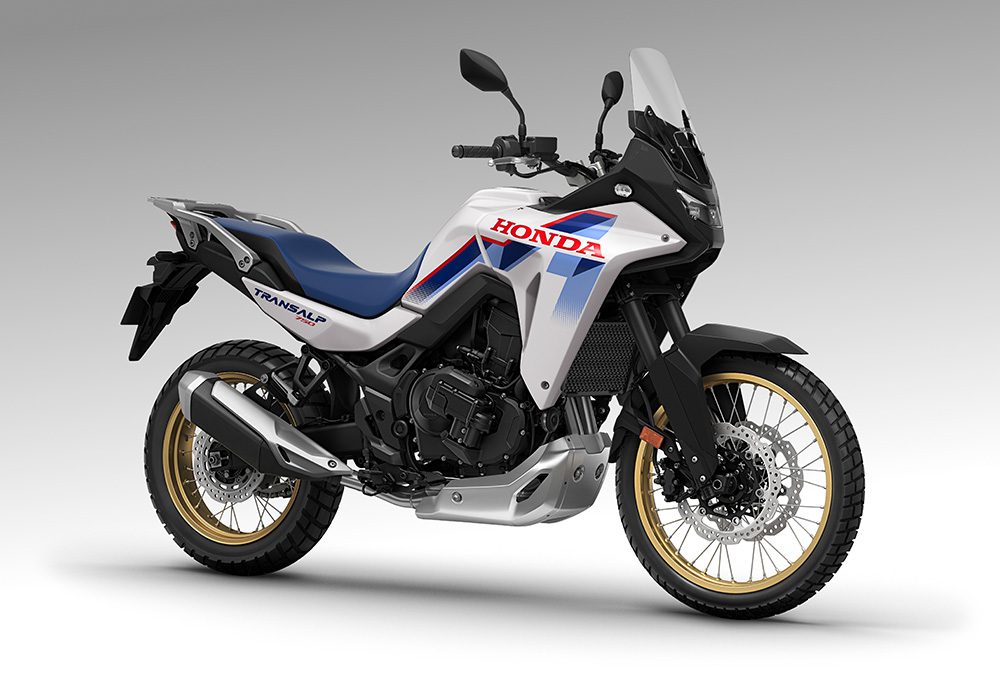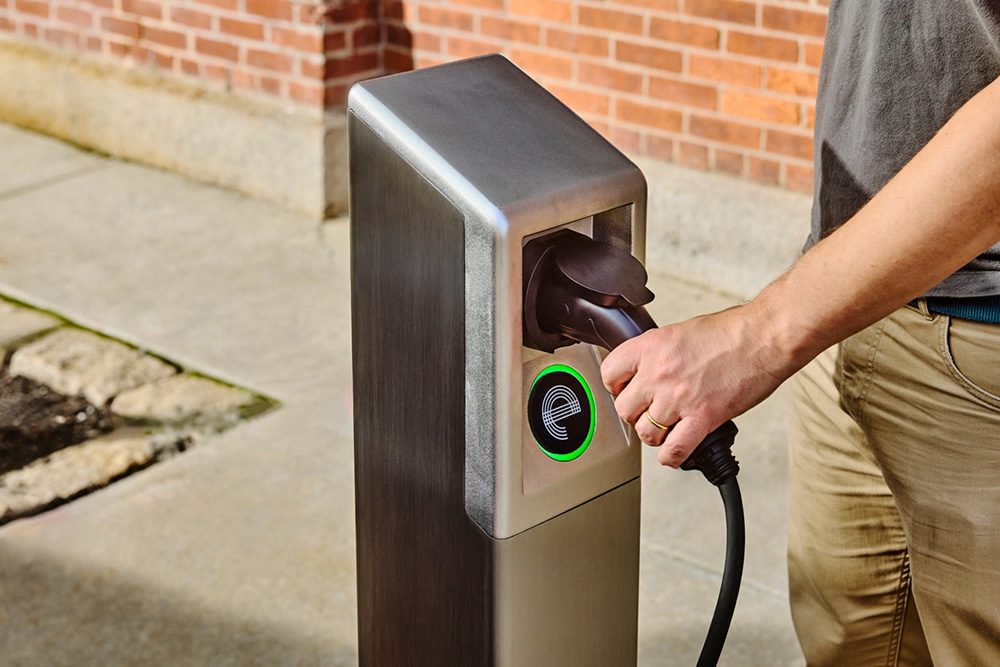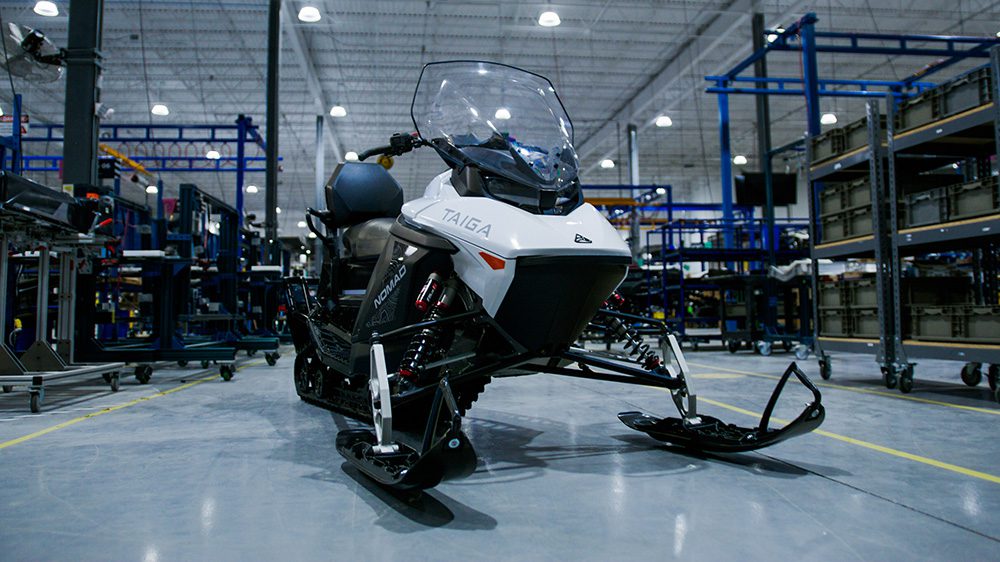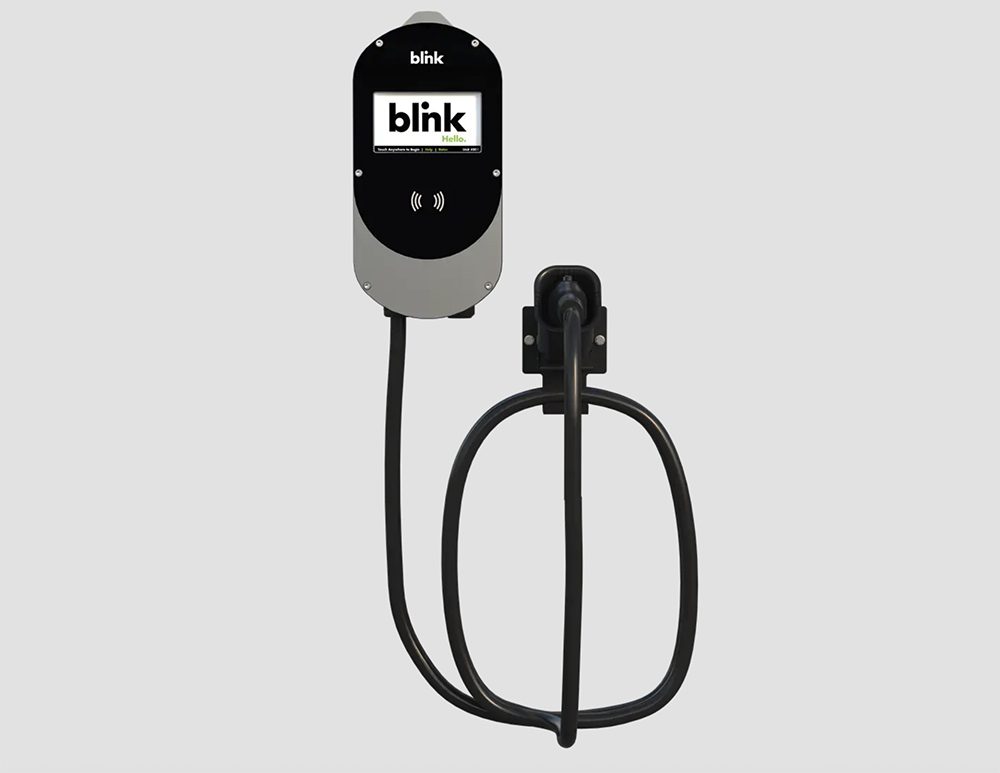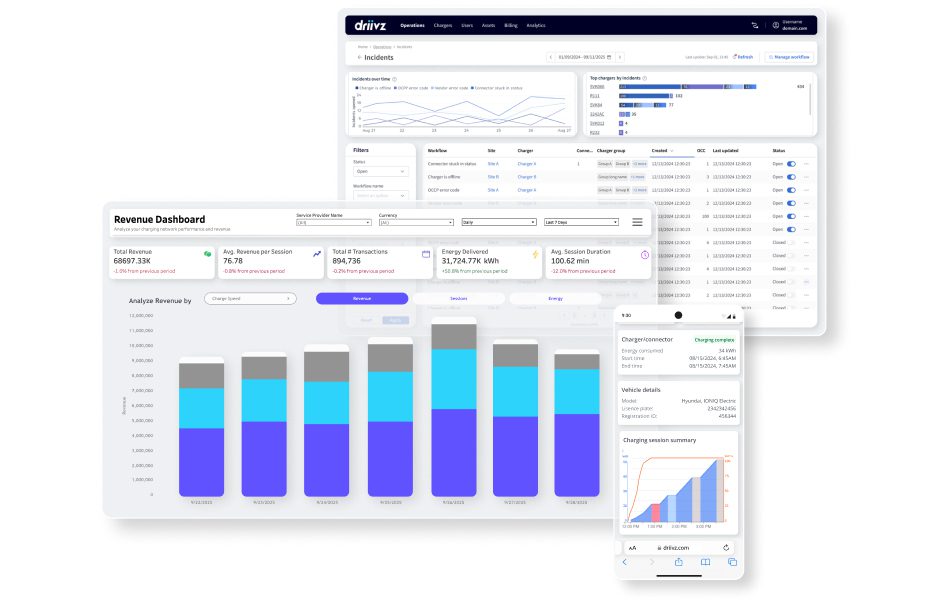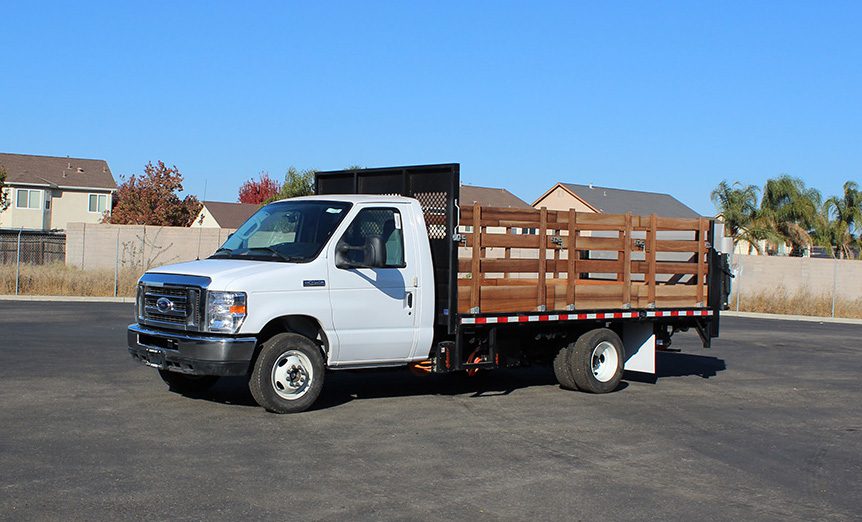There are so many new EVs on the market or in the pipeline these days, in all form factors and all price ranges, that it’s becoming impossible to keep up with them. However, the Porsche Taycan stands out from the crowd for several reasons: it’s the flagship model of the Volkswagen Group, which is by far the most charged of the legacy automakers; it incorporates a couple of technical innovations that may start showing up in the next generation of EVs; and, by all accounts, the Taycan is the first EV that rivals the mighty Tesla in terms of performance.
Once upon a time, Porsche execs said the brand would never build an EV—but they did. They took their time (the Mission E concept vehicle debuted in 2015) and invested the necessary cash to develop a vehicle worthy of the revered Porsche name.
After a week with the Taycan, I can tell you that this spirited horse is the finest of thoroughbreds. I’m no expert on driving performance—I don’t speak the language of damping, understeer and body roll—but I have driven many, many cars, including most of the commercially available passenger EVs, and I have never driven a better. When it comes to acceleration, handling, and the overall driving experience, the Taycan is simply outstanding.
Most of the true driving experts, including the reviewers at Motor Trend, Car and Driver and Road & Track, as well as our own John Voelcker, agree.
Every electric driver is familiar with the leaping instant torque that sets even the humblest of EVs apart from legacy vehicles. However, there’s a world of difference among different models, not only in their inherent capabilities, but also in terms of the decisions their designers made in order to deliver a certain type of driving feel. As Charged Publisher Christian Ruoff and I learned, the difference between a Taycan and a Tesla, the gold standard of EV performance, is undeniable.
We took the Taycan out with his Model Y, and took turns driving the two on highways and city streets (of course, a more apt match-up would be with a Model S, which is almost precisely the same size, but we didn’t have one handy). Yes, both cars deliver plenty of head-snapping acceleration, and rock-solid cornering, but the driving experiences are starkly different. To me the Porsche’s handling feels smoother, looser somehow, and personally, I have to say I prefer it. Christian observed that the Taycan seemed to drive a little more like a gas-powered Porsche (but in a good way). John Voelcker, in his cover story on the Taycan (see our November/December 2019 issue) noted that Porsche went to extraordinary lengths to make the Taycan’s driving experience (as well as its cockpit and controls) similar to the rest of its lineup. For connoisseurs of automotive handling, I expect the choice between high-end EVs will come down to a personal preference, something akin to a guitarist’s choice of a Fender or a Gibson (my axe of choice is a boutique Strat copy).
There are many other differences between the German and the Californian. The Porsche is in several ways more luxurious, but arguably less practical—it isn’t a hatchback like Model S, but a standard sedan with a trunk (although this is surprisingly roomy, and there’s also a generous frunk). The Taycan Turbo S is also far less efficient than the Model S Performance (an EPA-estimated 68 MPGe, compared to Model S’s 97-104 MPGe, depending on the choice of wheels). In fact, the Taycan appears to be the least-efficient EV on the market at the moment (although the upcoming GMC Hummer EV will probably usurp that dubious distinction). Model S also offers more range, and costs substantially less (the Taycan 4S that we tested starts at $103,000, and the high-end Turbo S variant runs $185,000).
With that unavoidable comparison out of the way, let’s take a look at some of the features of the terrific Taycan. There are several ways to customize the driving experience, including three driving modes—Range, Normal and Sport—and four selectable ride heights. Most other EVs allow you to set the regen so high that the car quickly slows down as soon as you release the accelerator—this is the “one-pedal mode” that many drivers like. The Taycan’s designers felt that this was not consistent with the Porsche driving experience, so there is no such feature. However, you can turn “accelerator regen” on or off. When this is on, releasing the pedal gives you a mild reduction in speed; when it’s off, the Taycan smoothly coasts. I’m not a one-pedal guy, so I enjoyed the latter option, but again, it’s a personal preference.
The Taycan’s functions are conveniently laid out across three screens—one behind the steering wheel with your speedometer and other gauges, one on the dash and one on the center console. As in many other new cars (the Audi e-tron, for one), you’ll find the controls for climate, infotainment, etc, in pretty much the same locations as in an old-fashioned vehicle, but knobs and switches have been replaced by a touchscreen. The tactile feedback is a neato touch—the buttons vibrate when you push ‘em.
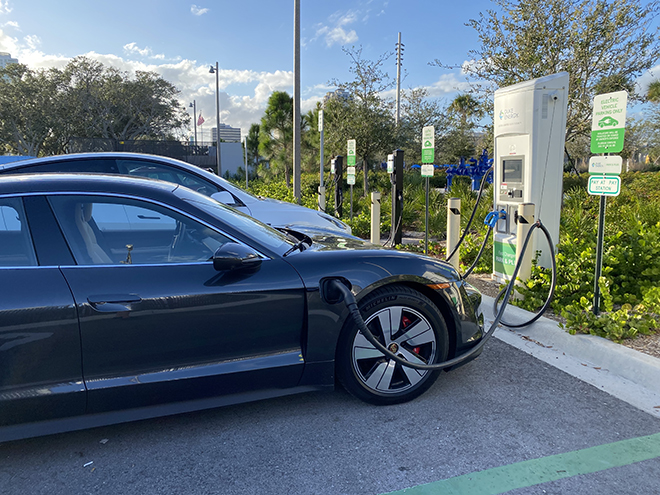
The Taycan has two technical features that are novelties for a production EV: a two-speed transmission and an 800-volt electrical system.
As we all know, most EVs get along just fine without a multi-speed transmission. However, they can offer several advantages, including better efficiency and performance, and as the technology develops, we may start seeing them appear in more new vehicles. Porsche obviously wasn’t interested in improving efficiency—it chose to use a two-speed in order to deliver super-quick acceleration. This the Taycan has in plenty, and I never noticed any gear-shifting. Road & Track’s Jason Cammisa had a different experience—he wrote that “the Taycan’s rear transmission isn’t nearly as smooth or as quick as Porsche’s PDK dual-clutch automatic. In Normal mode, the rear powertrain favors second gear, which means that large throttle inputs are occasionally met with far less violence than you expect.”
The Taycan is the first EV to use an 800-volt electrical system (400 volts is the norm). As Jeffrey Jenkins has explained, contrary to popular belief, this doesn’t mean it can charge twice as fast as other EVs at the same charging power. What it does mean is that less heat builds up in the charging cable, so higher charging power levels become practical. Porsche says the Taycan can charge at an industry-leading rate of 270 kW, and Car & Driver put it to a real-world test. (This is one category in which the Porsche can beat the Tesla—Model S supports a maximum power level of 200 kW).
Electrify America and other public networks are starting to roll out 350 kW chargers, even though the Taycan is the only current EV that can take advantage of them. This is a future-proofing strategy—as battery sizes, and demand for faster fill-ups, grow, other EV-makers are expected to follow Porsche’s lead and switch to 800-volt architectures.

































































